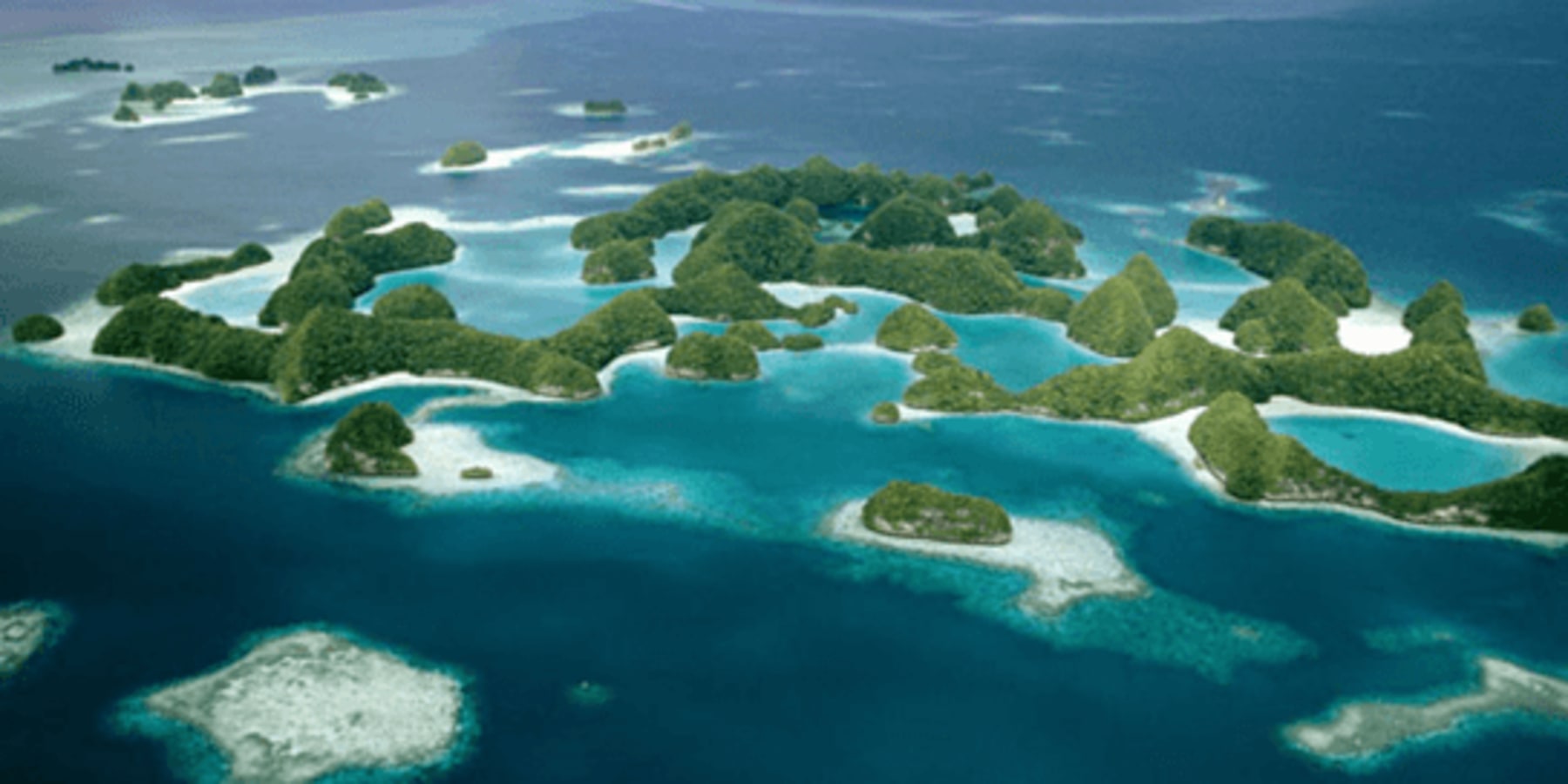
The Galápagos Islands, a unique paradise stretching across the vast Pacific Ocean
Famous for being a living laboratory of biodiversity. However, despite the international attention they receive for their extraordinary wildlife, few people know that this archipelago holds much deeper and more fascinating secrets than science has uncovered so far.
In addition to being a sanctuary for endemic species, the Galápagos conceal geological and cultural mysteries that could change our understanding of Earth’s history and humanity’s role in it.

One of the most surprising enigmas is the origin of the islands. While it’s known that they emerged about 5 million years ago due to volcanic activity, recent studies suggest that some of these volcanoes may have been fed by magma sources much deeper than previously thought.
This opens the possibility that the archipelago is part of a much larger geothermal system that we have yet to discover. This phenomenon could be linked to the tectonic processes on the ocean floor, which might play a key role in the formation of other volcanic islands around the world.

Beyond its geological phenomena, the Galápagos Islands are also a key location for understanding global climate change.
Research reveals that the islands are alarmingly witnessing the effects of climate change, particularly when it comes to marine biodiversity. Ocean water temperatures have risen, affecting the migration and behavior of marine species like turtles and sea lions. This warming has also altered ocean current patterns, directly impacting life on the islands, such as the decline of native fish populations.
What’s even more astonishing is the role humans have played in the recent history of the Galápagos.
Though the archipelago remained a natural refuge for centuries, it started to suffer changes in the 19th century with the arrival of explorers and the whaling industry.
More recently, the introduction of invasive species like rats and horses has endangered the delicate ecology of the islands. However, the Ecuadorian people have developed one of the most effective conservation and restoration models, making the Galápagos a global reference for sustainability.

Lastly, the local culture of the island inhabitants is equally intriguing. Beyond the tourists who visit each year, the local communities, such as fishermen and natural guides, hold a deep ancestral knowledge of the islands, passed down through generations.
This close connection with nature has not only allowed for harmonious coexistence but has also led to sustainable tourism practices that are helping protect the islands for future generations.
In a world where human impact is often negative, the Galápagos Islands stand as an example of how human intervention can be responsible and respectful toward the environment.
The Galápagos Islands are not just a place of natural wonders but a living testament to the interaction between Earth, living beings, and human societies.
While they continue to surprise us with their secrets, the true impact of the Galápagos may still be waiting to be discovered.
Undoubtedly, this remote corner of the planet remains one of the most valuable treasures we need to protect—not only for its beauty but for the crucial lessons it offers on our relationship with the natural world.

